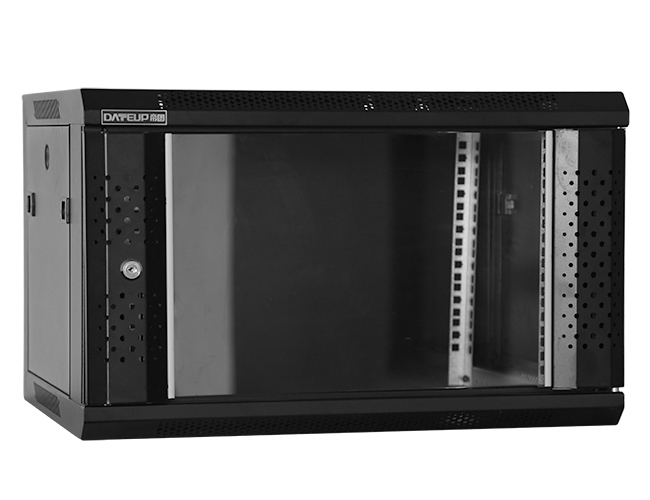News
Site Editor
 Site
https://leonetworkgroup.usa18.wondercdn.com/uploads/image/5fe152faa587d.png
Insulation resistance testing of cables is an essential part of cable testing procedures to ensure the safety and reliability of the cables. Insulation resistance testing is carried out to determine the integrity of the cable insulation and to detect any insulation faults. The testing procedure involves applying a high DC voltage to the cable and measuring the resulting current flow.Here are the s
Site
https://leonetworkgroup.usa18.wondercdn.com/uploads/image/5fe152faa587d.png
Insulation resistance testing of cables is an essential part of cable testing procedures to ensure the safety and reliability of the cables. Insulation resistance testing is carried out to determine the integrity of the cable insulation and to detect any insulation faults. The testing procedure involves applying a high DC voltage to the cable and measuring the resulting current flow.Here are the s
How To Test Cable Insulation Resistance
Views: 579
Author: Site Editor
Publish Time: 2023-06-30
Origin: Site
Insulation resistance testing of cables is an essential part of cable testing procedures to ensure the safety and reliability of the cables. Insulation resistance testing is carried out to determine the integrity of the cable insulation and to detect any insulation faults. The testing procedure involves applying a high DC voltage to the cable and measuring the resulting current flow.
Here are the steps to test cable insulation resistance:
1. Disconnect the cable from the power source: It is important to ensure that the cable is fully disconnected from the power source before carrying out the insulation resistance test.
2. Clean the cable: Clean the cable to ensure that there is no dirt or moisture that could affect the test results. Use a clean cloth to wipe off any dirt or moisture.
3. Connect the tester: Connect the insulation tester to the cable. The tester will apply a high DC voltage to the cable and measure the resulting current flow.
4. Set the measuring range: Set the measuring range on the tester to the appropriate level for the cable being tested.
5. Apply voltage: Apply the voltage to the cable using the tester. The voltage levels used in insulation resistance testing typically range from 100 volts to 1000 volts. The voltage level used depends on the insulation rating of the cable being tested.
6. Measure the resistance: Measure the insulation resistance of the cable using the tester. The resistance measurement is displayed on the tester display. A reading of 1 megohm or higher indicates good insulation, while a lower reading indicates a need for further investigation.
7. Interpret the results: Interpret the results of the test. A high insulation resistance reading is a good indication that the cable insulation is intact and in good condition. A low insulation resistance reading may indicate the presence of insulation faults such as moisture, dirt, or damage to the insulation. Further testing and investigation may be required.
In conclusion, insulation resistance testing is an essential step in cable testing procedures. It helps to identify any faults or weaknesses in the cable insulation and ensures the safety and reliability of the electrical system. The procedure is simple and straightforward and can be carried out by a trained technician or engineer. With proper insulation resistance testing, you can ensure that your cables are in good condition and will function properly.
If you want to know more about industrial network cabinet,china fiber optic splice closure,china fiber optic distribution box,please consult the fiber optic splice closure factory









